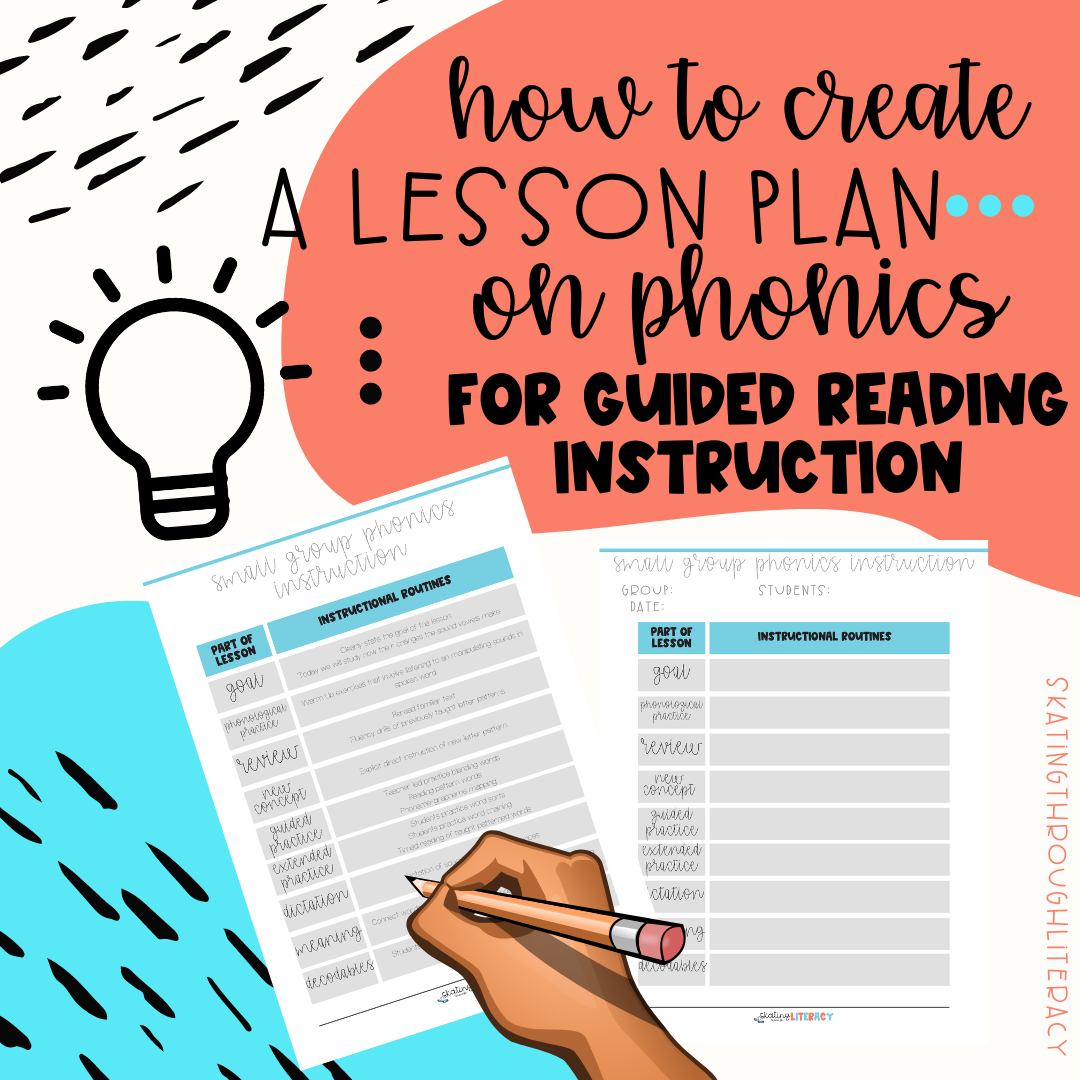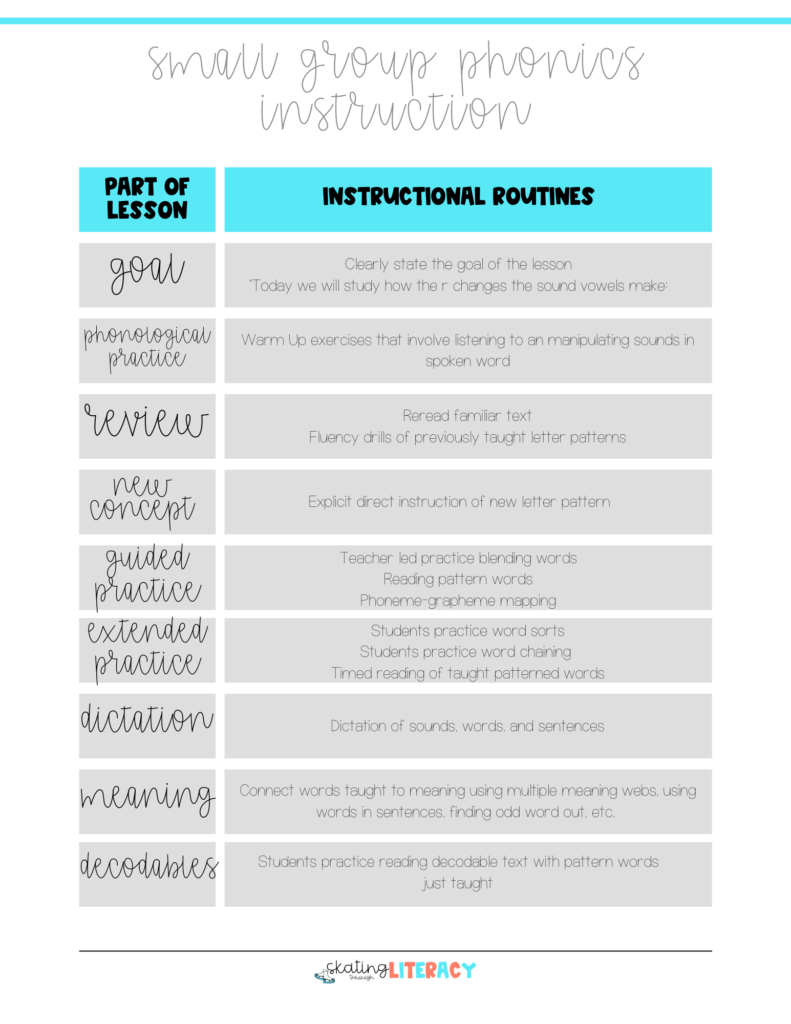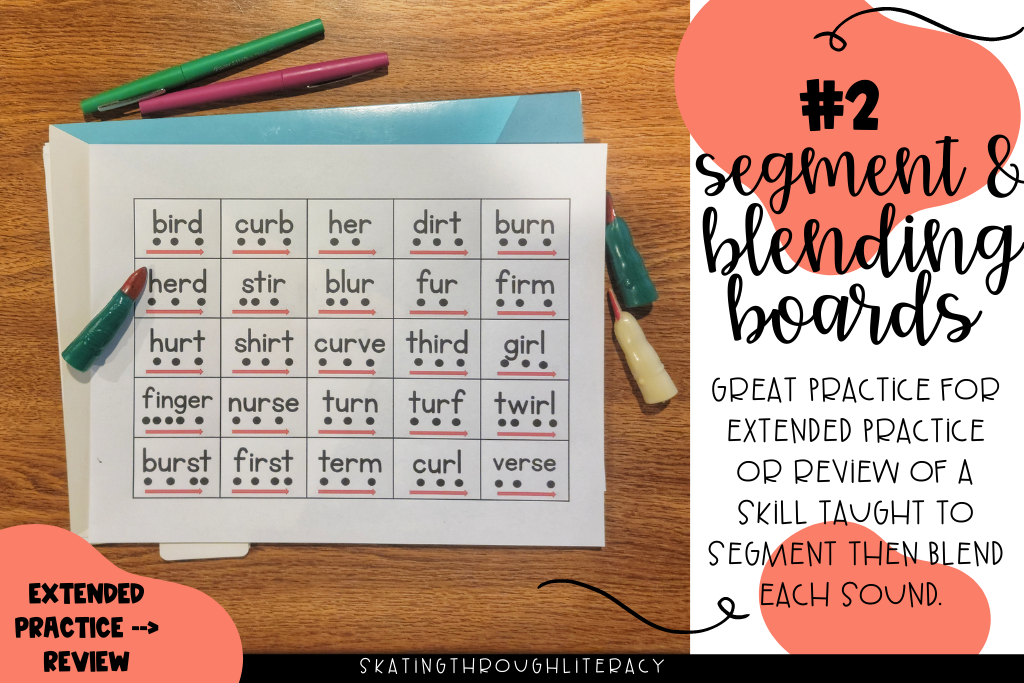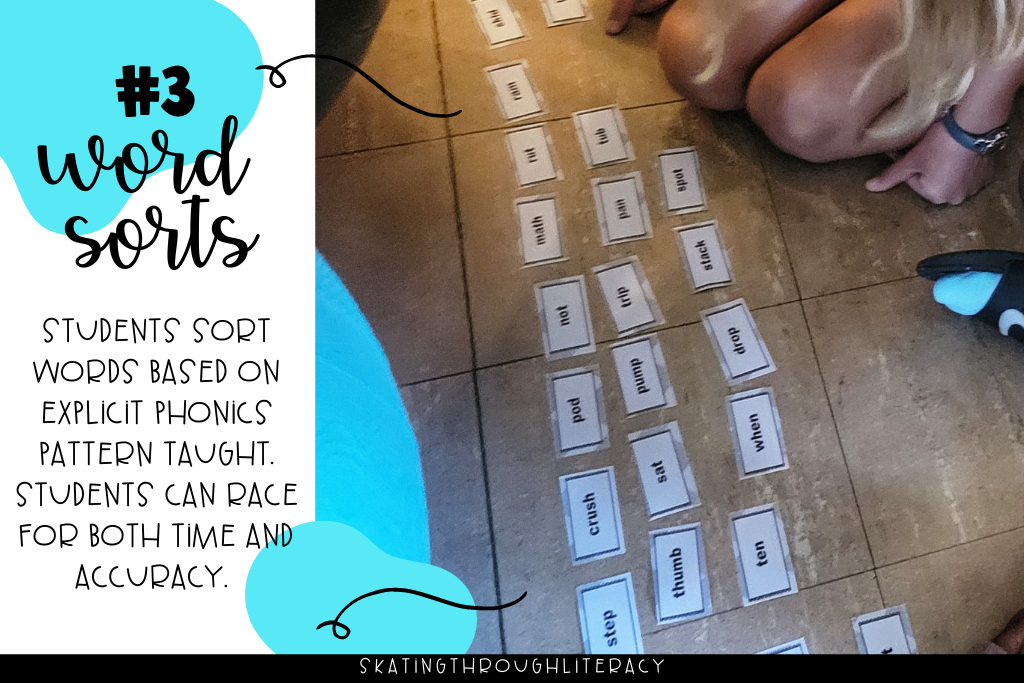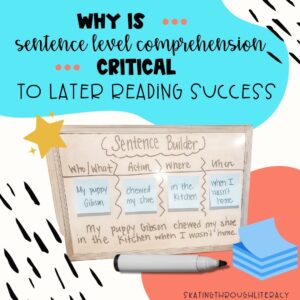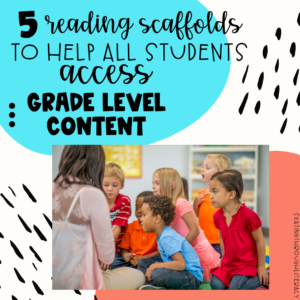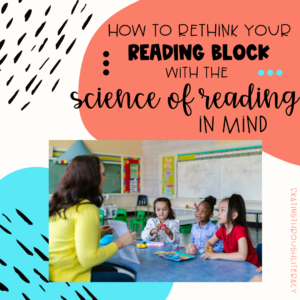how to create a lesson plan on phonics for your guided reading instruction
If you’re a reading teacher, you understand the importance and the *magic* that can come from small group instruction. Time spent at my small guided reading table is the most precious of the day. It is where I see the most growth and academic gains. It is where I watch students’ lightbulbs click. I can watch them become readers right before my eyes.
However, for the past 10 years, I’ve wasted some of those precious minutes during small group because I didn’t fully understand the science behind how students learn how to read. I encouraged students to do what I was taught:
- look at the picture
- skip the word and come back
- make a guess based on the first letter sound
These teaching prompts now make my skin crawl at the lack of understanding I had around how human brains acquire the skills it takes to learn to read. My small group time consisted of just a handful of minutes around a “spelling strategy” I myself didn’t really understand. We would build a few words with magnets or write some words on our white boards then move onto the reading.
Now that I’ve been educated around the importance of explicit phonics instruction, the time in my groups has dramatically changed for the better. And yours can too.
In this blog post I will walk you through step by step how you too can make some changes to create even more magic happen at your small group table.
Balanced literacy vs science of reading
Let’s start with guided reading as I once knew it versus the science of reading. Traditional guided reading as I was taught in college consisted of the following:
- Students grouped by level
- 2-3 minutes of word work
- Time spent reading leveled text
- Teacher coaching students using prompts such as: look at the picture, use the first sound, skip it and come back
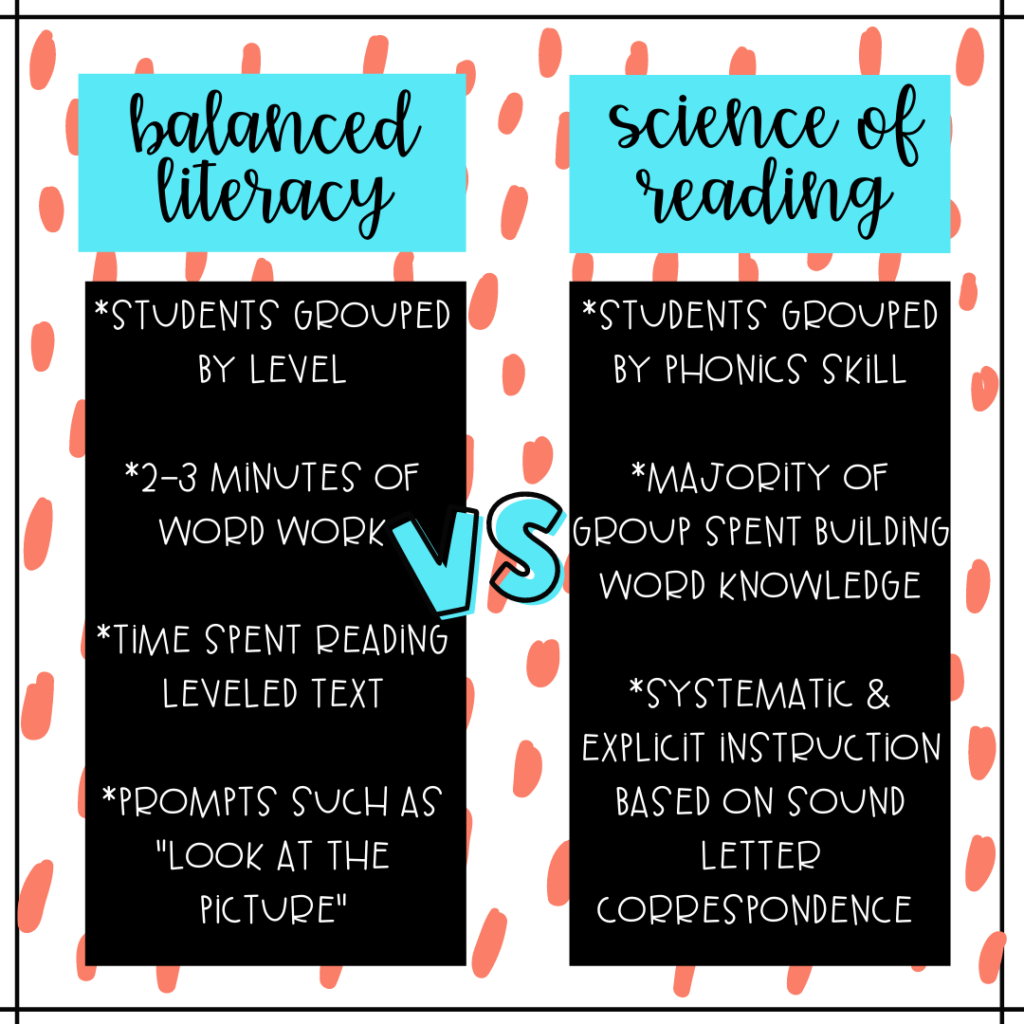
Becoming educated around the science of reading flipped my mindset about how students actually learn to read. English is a decodable language in which children need explicit instruction on how to break that code. Developing readers need a systematic approach to phonics patterns and time spent in each of those patterns to develop automaticity. Quickly jumping from one skill to the next, week after week, without mastery only confuses the child further making them more likely to guess at words, rather than decode them, when approaching unfamiliar text.
Lesson plan on phonics
A lesson plan that focuses on phonics rather than a typical guided reading lesson plan feels very different. Especially at first. Much like everything in life, this new routine will take time to get use to if you’ve traditionally not taught like this. Keep trying it. The more comfortable you get, and the more you watch your students benefit from this type of instruction, the more and more value you will find in creating high quality small group lesson plans based on phonics.
Small group instruction based on phonics routines should include these key parts:
- A goal
- Phonological practice
- Review of a previous skill
- New concept
- Guided practice
- Extended practice
- Dictation
- Meaning
- Decodables
If you have yet to download my free 7 Ways to Revamp your Phonics Workbook, be sure to check that out. In that resource I walk you through step by step exactly what each of these entail. You will also get a free template both that can be duplicated for use in your classroom as well as a lesson plan with descriptions that you can laminate and use for reference.
Phonics guided reading activities
Now that you’ve got the basics of creating lesson plans based on phonics for your small groups, you will need lots of activities and practice to reinforce your great explicit instruction. Below are some of my favorite activities to incorporate into groups.
Orthographic mapping is an absolute must that takes place within my guided phonics instruction both as guided practice and review. The time spent on orthographic mapping takes up a large majority of the explicit teaching portion of the guided phonics plan. This connecting of sounds to letters serves as the basis for students to create meaning. If you want more information on how to get started with orthographic mapping be sure to check out this blog post What is Phoneme Grapheme Mapping.
The following are some quick easy ways you can incorporate some hands on activities into your phonics lesson plan.
Color chips for tapping out sounds-
Using any sort of manipulative to tap out sounds is a great start to any lesson plan on phonics. I use any manipulative I have laying around from erasers to unifix cubes to chips. Whatever you have words great for this!
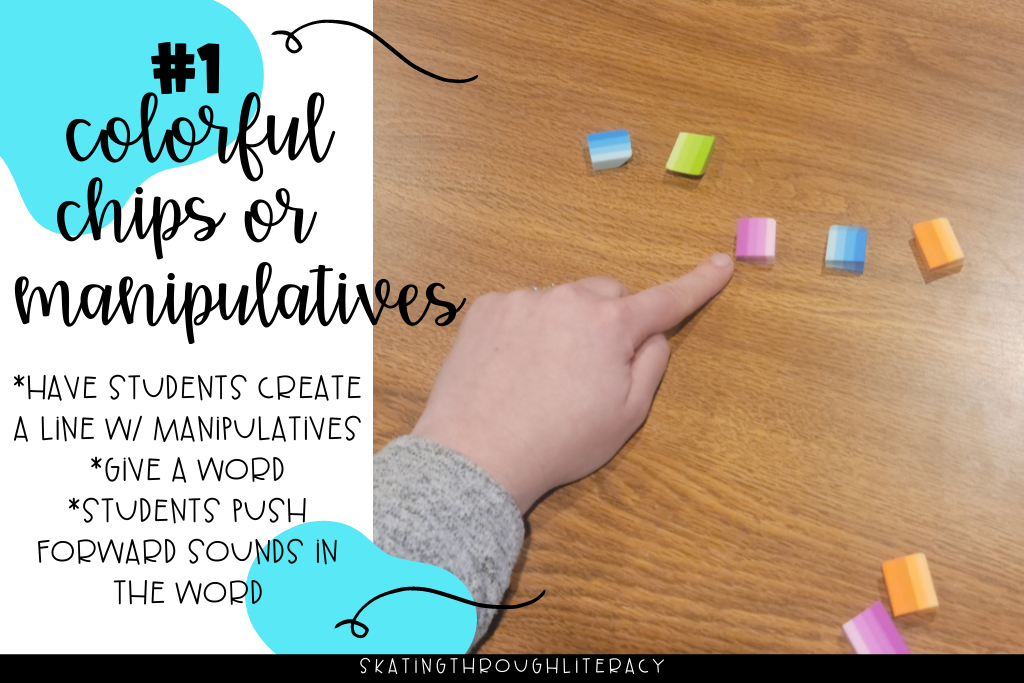
Segmenting and blend boards-
Segmenting and blending boards are perfect for extended practice, following guided practice using orthographic mapping techniques of a phonics pattern. They are a great transition from the hands on building before the students encounter the pattern in a decodable text. I also love leaving a handful of these boards out on the table for students to use as a warm up when the first come to the table as the class gets settled.
Word Sorts-
Word sorts are a wonderful hands on activity for review or extended practice of explicitly taught phonics pattern. I also love to sprinkle word sorts throughout whole group instruction.
Use a decodable text to hunt for a pattern
Once students have had time practicing the phonics pattern in a decodable text, I like to have students review the decodable text with a crayon or highlighter to complete a pattern hunt. During the hunt, students search for any word that follows the rule we are working on. Students then practice reading their highlighted words to each other.
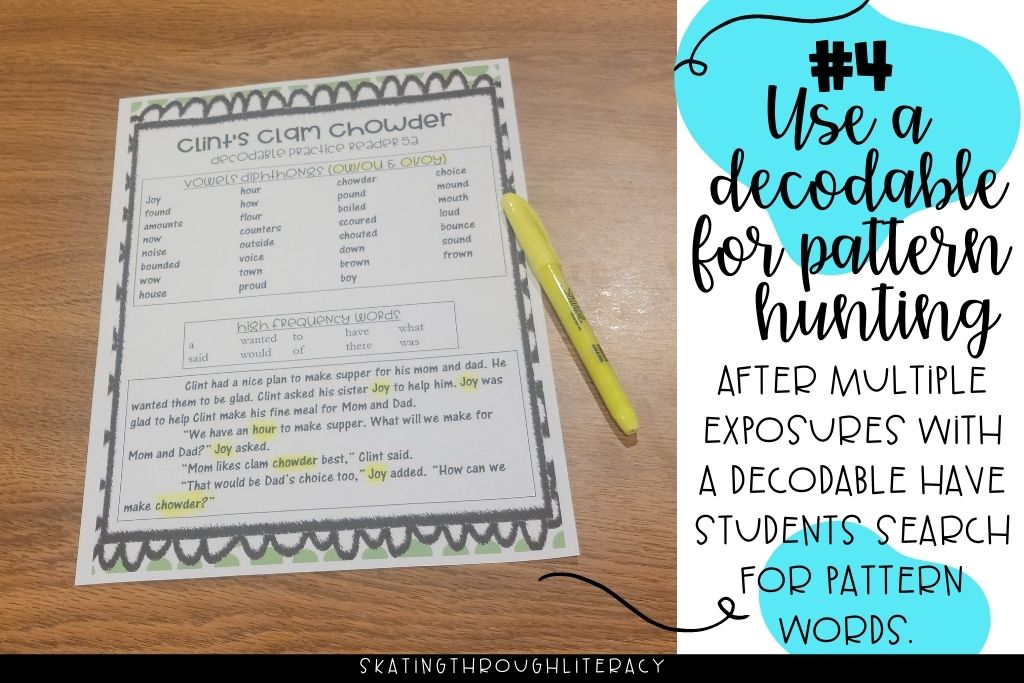
Changing to a lesson plan on phonics
If you are in a similar boat as me and started your career with only balanced literacy and whole language instruction, this shift towards a new way to teach your small groups will definitely take some getting use to. But as you improve, so will your students. The growth you will see in your students understanding of words, their accuracy, and their overall word decoding skills will be well worth the the time investment!
Be sure to grab your own phonics lesson plan in my 7 Ways to Revamp your Phonics Instruction- starting tomorrow and get to planning!

